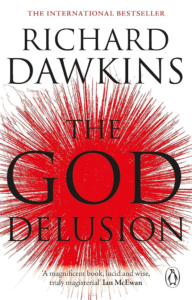The Flat Earth vs. Round Earth Debate: A Historical and Scientific Perspective

Historical Perspectives
The concept of a flat Earth was prevalent in many ancient cultures. Early Greek philosophers, such as Thales and Anaximander, proposed a flat Earth model, often supported by observations of the horizon and the apparent behavior of the sun and stars. However, as scientific understanding advanced, evidence began to accumulate in favor of a spherical Earth. Aristotle, in the 4th century BCE, argued for a spherical Earth based on observations of the Earth’s shadow on the moon during eclipses and the disappearance of ships over the horizon.
The Age of Exploration and the Triumph of the Spherical Earth
The concept of a spherical Earth gained further momentum during the Age of Exploration. Explorers like Christopher Columbus and Ferdinand Magellan embarked on long voyages that would have been impossible on a flat Earth. Their circumnavigation of the globe provided irrefutable evidence of the Earth’s sphericity.
The Resurgence of the Flat Earth Theory
Despite the overwhelming scientific consensus, the flat Earth theory has experienced periodic resurgences. In recent years, the internet has played a significant role in spreading misinformation and promoting the flat Earth belief. Online communities and social media platforms have provided a platform for proponents to disseminate their ideas and challenge mainstream scientific understanding.
Understanding the Appeal of the Flat Earth Theory
While the flat Earth theory may seem absurd to many, it is important to understand the reasons why some people find it appealing. For some, it offers a sense of rebellion against the scientific establishment and a desire to question conventional wisdom. Others may be drawn to the simplicity and elegance of the flat Earth model, which avoids the complexities of celestial mechanics and cosmology.
The Scientific Evidence for a Spherical Earth
However, the flat Earth theory is fundamentally flawed and incompatible with the vast body of scientific evidence. Observations of the Earth from space, the behavior of celestial bodies, and the laws of physics all point to a spherical Earth. The flat Earth model fails to explain phenomena such as the Earth’s curvature, the Coriolis effect, and the existence of time zones.
The debate between the flat Earth and round Earth theories is a fascinating example of the intersection of science, philosophy, and culture. While the flat Earth theory may persist due to a combination of skepticism, misinformation, and a desire for alternative explanations, the overwhelming scientific consensus firmly supports the idea of a spherical Earth. The evidence is overwhelming, and the flat Earth theory remains a fringe belief that is incompatible with our understanding of the universe.




















